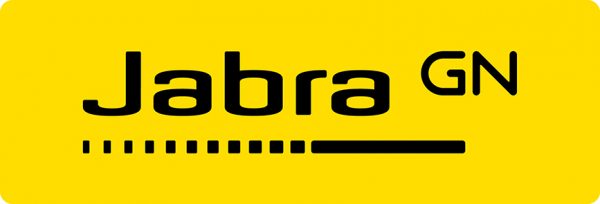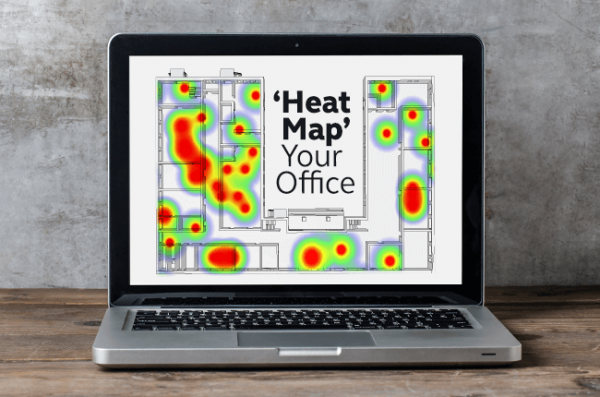How to Heat Map Your Contact Centre to Greater Efficiency – Holger Reisinger Jabra

If you’re a football fan, you’re probably familiar with heat maps. They’re splashy TV graphics that show where on the field players spend their time. They’re also powerful analytical tools to help webmasters optimize a site depending on how people’s eyes scan it or guide retail planners on where to place promotions around the store floor.
As useful as heat maps are to coaches and shopkeepers, they may be equally important to our organizations.
Now before you think I’ve completely lost my mind, let me explain.
Although it may not be obvious at first, the objective on both the playing field and in the office environment is largely the same: To maximize talent. Football coaches strive to put players in positions where they can make plays – whether on offense or defense. In the office, we want to position our employees where they can get the most work done in the least time and with minimal distraction.
Of course, the very essence of the office environment presents a challenge to that objective. Offices are overflowing with interruptions. Employees, like football players, are in frequent motion: gathering information from colleagues, chitchatting by the water cooler, meeting in an adjacent office, clearing out paper jams in the office printer, you name it. In fact, according to a 2015 study, we spend a full 32% of our time on these basic tasks that take us away from work.
We also know that these basic tasks are performed within an average 12-meter radius of our workspace. It seems logical that if we could determine precisely where we spend that 32% of our time and then configure the workspace to increase our efficiency doing it, we’d really be on to something.
Enter the heat map.
 What Does Your Heat Map Tell You?
What Does Your Heat Map Tell You?
Now I’m not advocating mounting thermal imaging cameras in your office ceilings, which would be expensive, difficult and ultimately raise privacy concerns. In fact, it’s worth noting that heat mapping isn’t about monitoring or enforcing employee behavior; it’s about making the office space as efficient and user-friendly as possible.
But by casually observing where employees typically congregate, you can determine whether the physical work environment is as efficient as it can be, while ensuring you continue to provide the conveniences your employees expect.
Pay close attention to your office heat map. Are employees, resources and processes organized in a way that promotes efficiency? Are your technology environment and physical infrastructure organized to optimize the way your people move around the office?
For instance, through informal heat mapping you may observe heavily traveled corridors, break rooms or other gathering spots adjacent to employee workstations. These annoyances distract people and reduce their productivity, and you may want to consider relocating them to minimize their considerable negative impact.
Or you may notice that subject matter experts, managers and other vital resources employees need to consult often are located far away from front-line workers.
By moving them closer, you ensure that employees spend less time seeking information and more time interacting with customers. This is particularly important because 66% of users report the need to search for information while on a call.
To be sure, heat mapping may not work for all organizations in all situations. But if our goal is to increase productivity while simultaneously boosting employee and customer satisfaction, it’s definitely worth a look. Good luck!
 Additional Information
Additional Information
For additional information on Jabra visit their Website or view their Company Profile
 What Does Your Heat Map Tell You?
What Does Your Heat Map Tell You?



